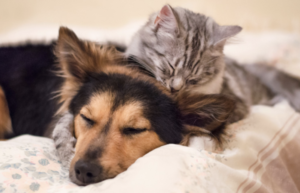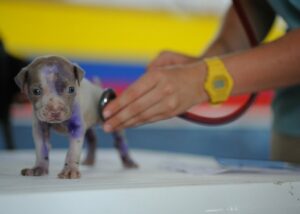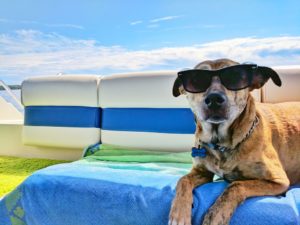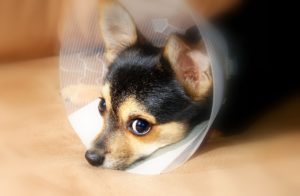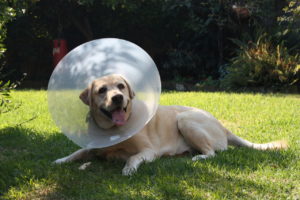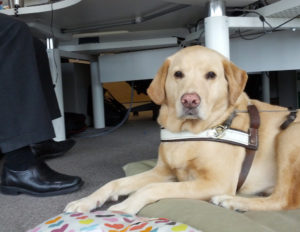If you’ve just brought home a new puppy, the first few weeks are mainly filled with fun. You’ll be pretty busy playing with them and getting to know them! While it isn’t as fun as playing, dog training is really important. The sooner you start; the easier time you’ll have to prepare your dog for the world. Dog training isn’t easy though. Some dogs take to it well, and others just can’t seem to commit anything to memory! When you’re starting with dog training, you need to know what you’re doing and have the tools that you need.
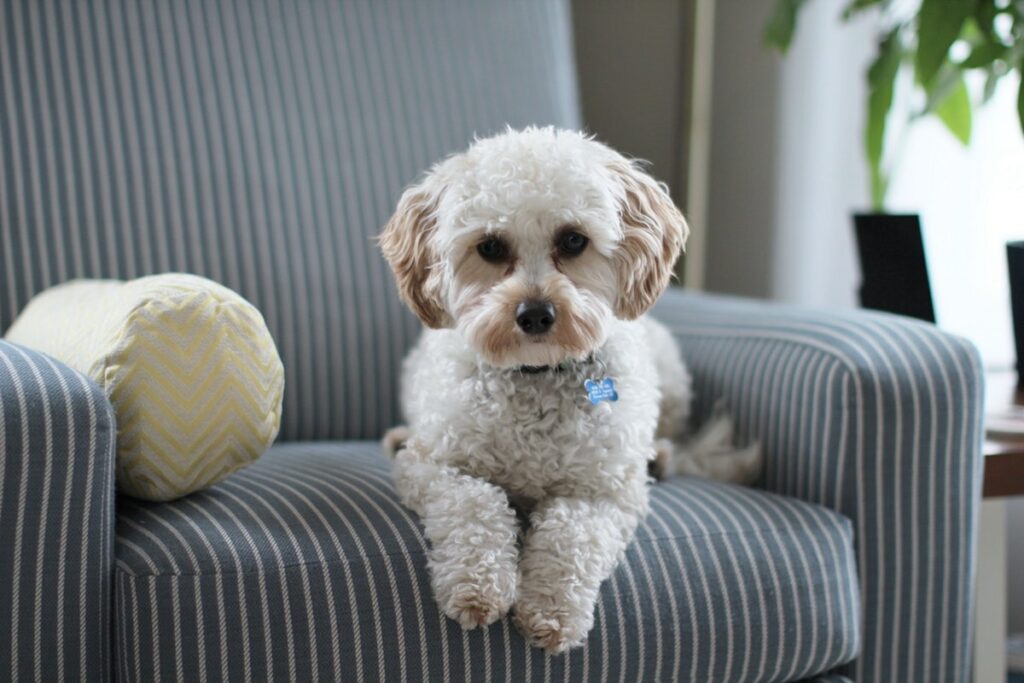
Dog training can be done in a few different ways. There are different schools of thought, but one method is pretty widely used at the moment. This system relies on actually being nice to your dog! When training is done this way, it can be a fun bonding experience for the two of you. Your dog gets a reward for progress, but they also get mental stimulation from the training.
This is a guide to dog training, and what you’re going to need to have to get it done right:
Dog Training Basics
Whether you’re trying to teach your dog to run agility courses or just to pee outside, all dog training follows the same principles.
Dog training is teaching a dog that certain behavior is desired, either in general or as a response to a prompt from you. This basic principle can apply to all sorts of different tricks or behavior, but teaching it to your dog is always pretty much the same process. While teaching your dog to sit from scratch might be a headache, you’ll be doing the same routine for more advanced commands. It all goes a lot smoother once you’re both used to the way things work.
Positive Reinforcement
Teaching your dog through positive reinforcement is the primary way a dog should be trained. This rewards your pet, with attention or with a treat, when they do what you want them to do. In the context of teaching a dog to sit, you would say sit and when they actually sat you would give them a treat. This rewards your dog for doing something right, teaching them that that is the behavior that is desired.
This is the best way to teach something to a dog since it makes the whole process fun for them. They’re more likely to engage with your training if they enjoy doing it!
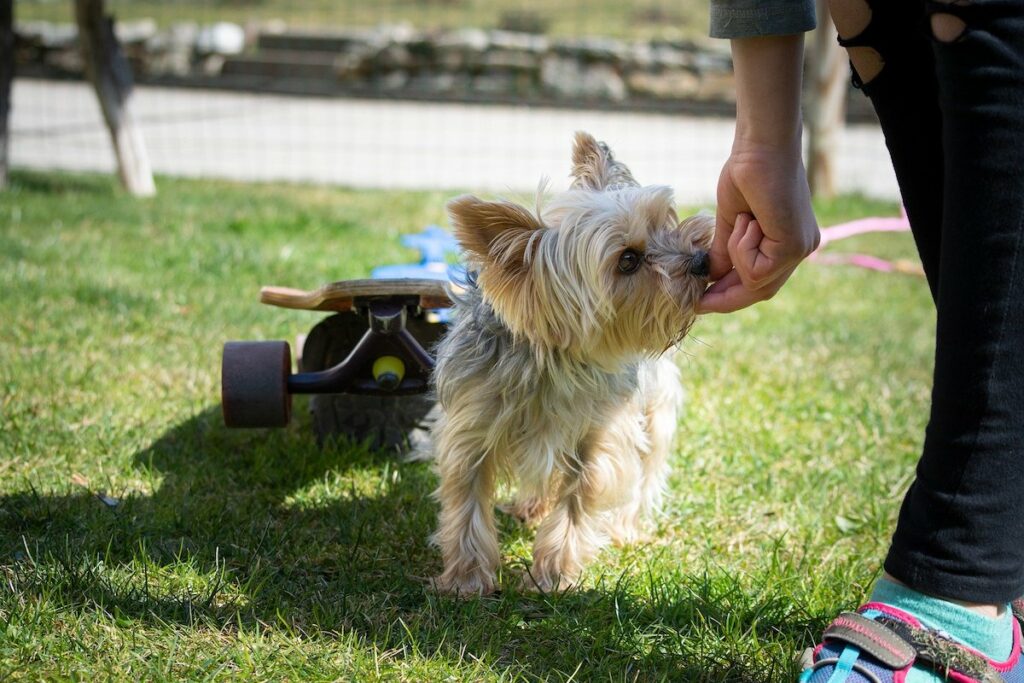
Negative Reinforcement
Negative reinforcement is a pretty outdated way of training a dog. This method is linked closely to the pack theory of how dogs relate to humans. It involves punishing your dog for doing something wrong rather than rewarding them for doing something right. This way of training has been pretty thoroughly debunked, along with the alpha or pack mentality theory of how they relate to humans that inspired it.
This section is pretty much only in here to remind you that this isn’t the right way to train a dog! You won’t get results, and your dog won’t enjoy the training.
Dog Training Guide
Training a dog comes from reinforcing them positively for behaving how you want them to. So how do you do it? As an example, this is how you can teach a dog to sit on command:
- Gather your supplies, and bring your dog somewhere to start the training! A spot where you go for training helps show your dog you’re playing a specific game right now.
- Show them a treat! Hold it near their nose.
- Keep the treat in sniffing distance, raise it upwards in an arc. Your dog will naturally sit as they follow the treat upwards.
- Reward the dog for figuring out how to sit! Tell them they’re a good dog too, just to really make sure they know that was right.
- Repeat this, and start saying ‘sit’ as they begin to sit. This should build an association between the word, the action, and the treat.
- Repeat this process a lot more in training sessions, but don’t overdo it. Keep them short so they stay fun for you and your dog.
This will teach your dog what sit means, and that doing what you ask them to gets them a reward. The process is roughly the same for most different types of training. However, some things will obviously require more complexity. Tricks like rollover have a few stages, but each uses this basic pattern.
Dog Training Tips
These are some great tips to help your dog training be fun and productive for you and your pet.
- Don’t punish your dog if they’re slow to pick up on what you want.
- Training should be fun, if your dog is getting frustrated or worked up, it’s okay to come back to the training later.
- Have patience with them, it can take a while to figure things out.
- Keep your training sessions short to make sure your dog doesn’t get distracted or bored.
- Always train your dog close up at first and away from distractions. Save training in distracting places for once they know the basics.
- Give them positive reinforcement outside of their training too.
- Be careful of the number of treats you feed them. If you’re worried about your dog’s diet, try giving them parts of their dinner as a treat instead of an actual treat.
- Don’t train on an empty stomach. A dog will be too easily distracted and probably frustrated that they can’t eat right now.
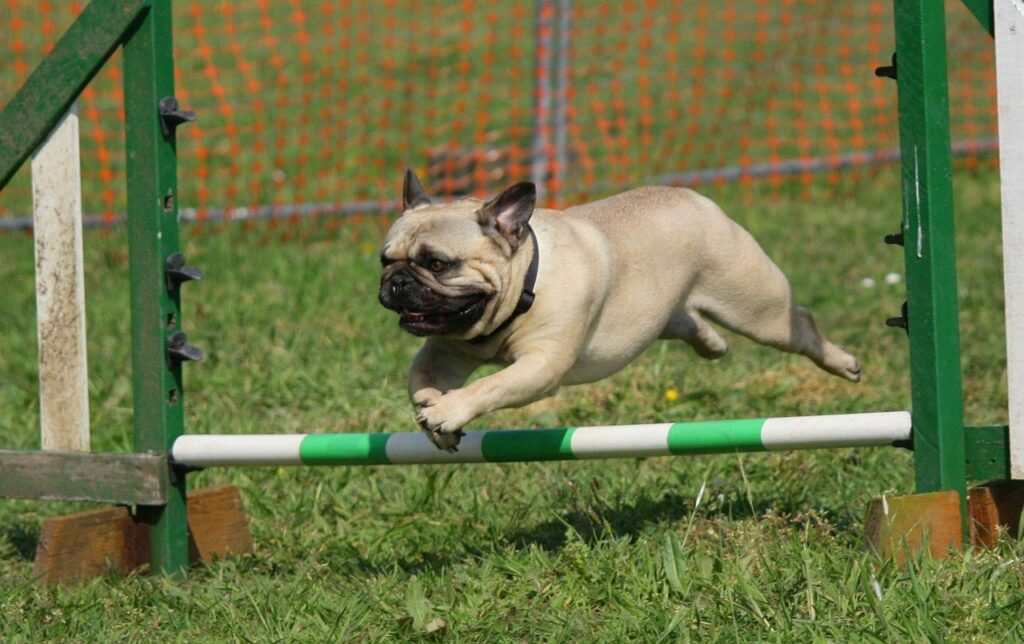
Dog Training Essentials
That is roughly the method for teaching a dog some new tricks. However, dog training does go beyond the basic training sessions. If you want to train your dog to be really well behaved, you’ve got to be consistent with them. These are some essentials that are going to make training much easier for you and your dog:
Training Treats or a Toy
If you’re training your dog with positive reinforcement, you’re going to need something to reward them with!
The most popular solution here is to use treats. Training treats should be quite small. This way they provide a motive and reward, but without spoiling your dog’s appetite! Treats that are too big are going to take a while to consume, which can make it difficult to continue your training session. Healthy treats like these are great options or small treats that aren’t going to have too big of an effect on your dog’s overall diet.
If you’re training outside of the house then a bag to carry treats in is going to helpful too. One like this can keep things simple and your treats secure.
A well-liked toy can also be a reward for your pet. When they perform the trick correctly, play with them for a little. This is a great reward to use at the end of a training session, it transitions them from learning to fun.
Verbal positive reinforcement is important too though, so remember to tell them how good they’re doing as well as giving them a treat.
Clicker
A clicker is a device that makes a high clicking sound that most dogs can recognize even further away. Clickers are a great training tool for dogs once you condition them to listen to them. On walks or in distracting situations, a clicker can tell a dog to ‘come here’ and wait for instructions. You use it when you’re giving the dog their reward, this shows them that they should pay attention to you when you use the clicker, which is a great way to recall them or stop them when they’re behaving badly.
Dog Crate
A dog crate isn’t essential for training, but teaching your dog how to use one can be pretty helpful. A dog crate can make toilet training considerably easier as well as teaching your dog how to behave overnight when they’re alone.
When you train a dog to use their dog crate, you’ve got to help them associate that place with safety. They can retreat to their crate when tired, or when going to sleep for the night. Once trained, they’re unlikely to go to the bathroom in there since it is too close to where they sleep. This helps to toilet train them by having them sleep independently
You will still need to teach your dog to use the dog crate. However, this is quite a simple process. If done correctly, a dog crate can be a great training tool and speed up teaching your dog general good behavior.
Collar, Leash, or Harness
Training a dog to walk well when they’re outside isn’t easy. There are a lot of distractions out in the world, and for most dogs a walk is one of the highlights of their day! This is why you need a solid leash and harness, or a collar, to walk your dog with. A good leash like these will allow you to have more control over your dog’s movements without putting any strain on them, which is useful for staying in control. You should reward your dog for behaving well on a walk as you would during training at home.
A Ball
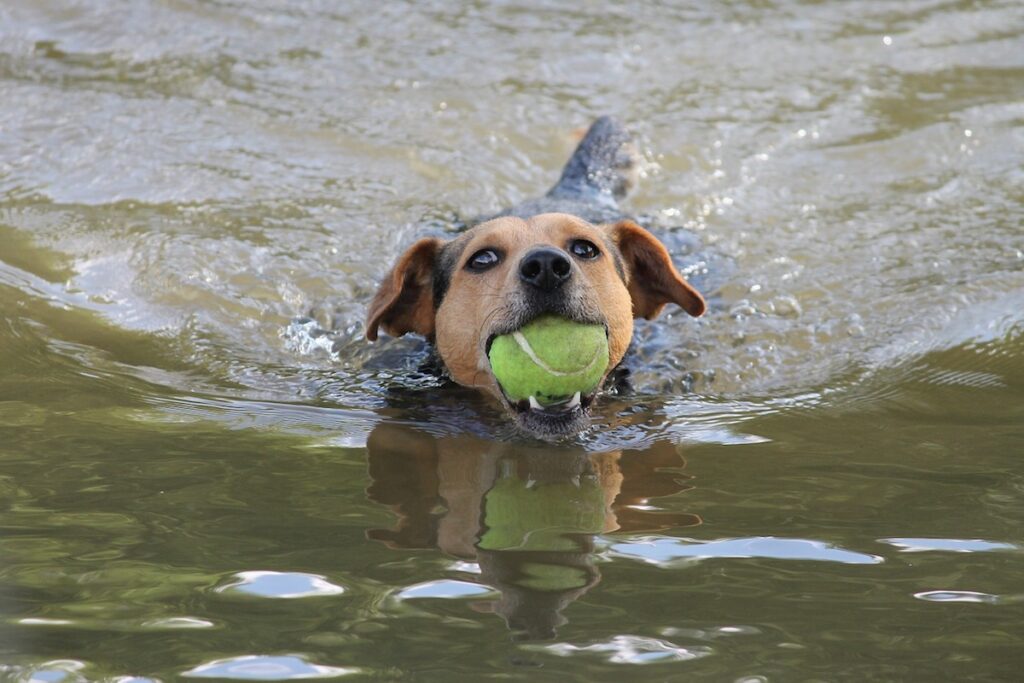
A ball might not be a necessary tool for training your dog how to roll over, but it is pretty important for teaching them to play fetch! A ball can be used to teach your dog to go to an object, and then to bring it back to you. This type of game can be a lot of fun for a dog and it helps to make their walks more exciting if they have a wide-open space to play in.
What Do You Need to Train Your Dog?
Training your dog should be fun for both you and your pet. It can give them mental stimulation and set them on the right path towards being a well-behaved dog. With the right tools, you can make things a lot easier on yourself! Following the right methods for teaching a dog can have them behaving perfectly pretty quickly.

